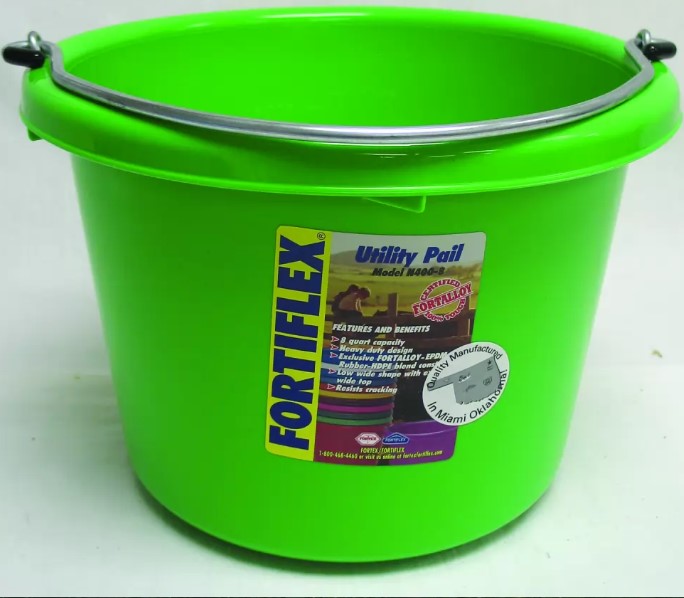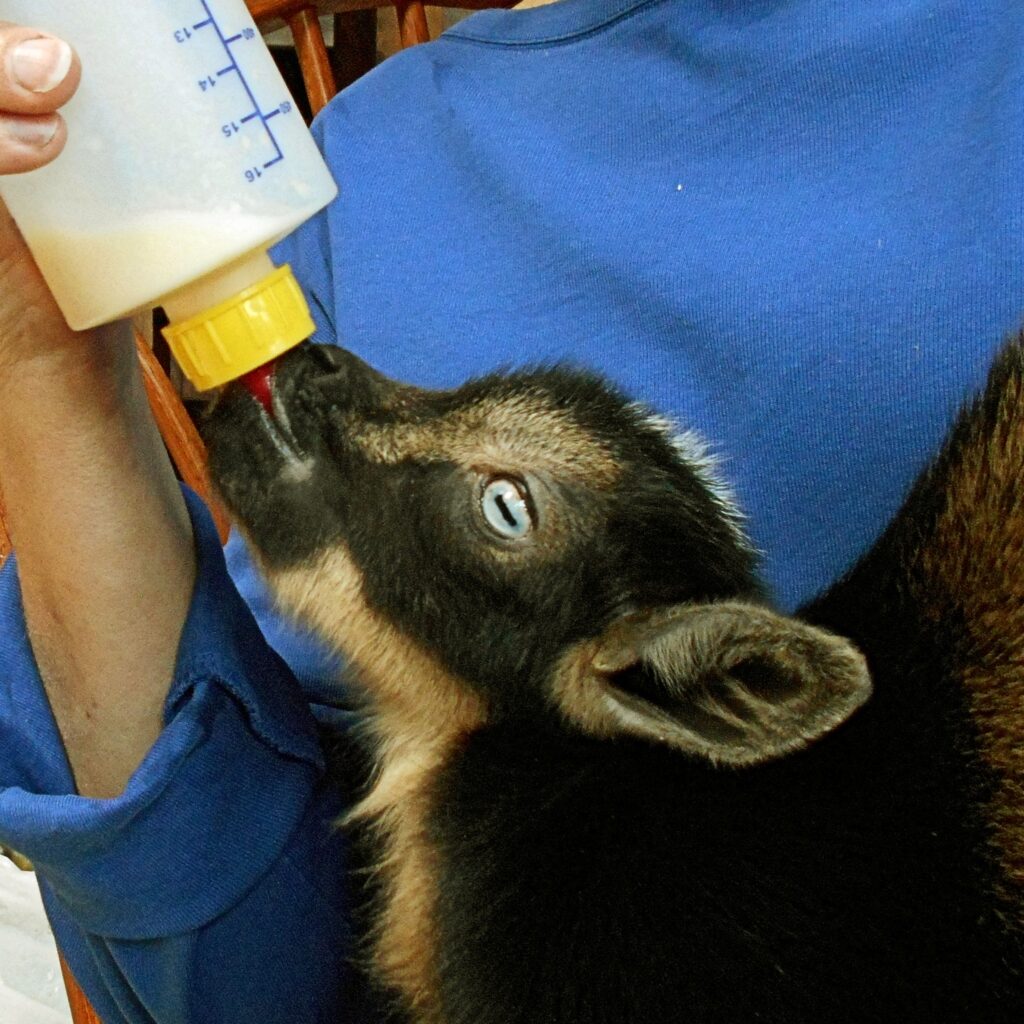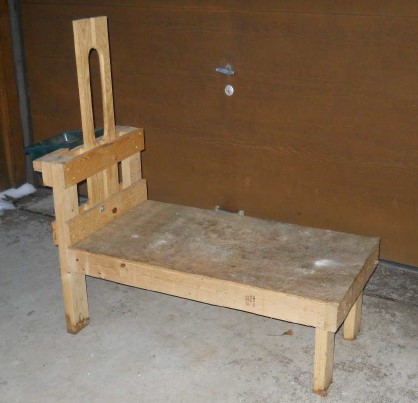Improving Goat Health with Zinc – A Homesteader’s Experience
Last updated: December 21, 2024
As someone who’s been raising goats for over two decades, I’ve learned that healthy goats start with healthy habits and a good eye for spotting when something is wrong. I keep a close watch on my herd. I observe them externally; I look for odd behaviors; and I observe their overall health. However in 2020, something changed. The goats I’ve always been proud of, with their glossy coats and lively spirits, began to look… well, …“off”. Their fur seemed dull, and the goats with black fur had a slight reddish tinge to their coats. This wasn’t normal.
Disclosure of Material Connection: Some of the links in this page or post may be “affiliate links”. This means that if you click on the link, Pioneer Mountain Homestead, LLC may receive an affiliate commission at no direct cost to you. Pioneer Mountain Homestead, LLC only recommends products or services that the owners, managers, or employees of Pioneer Mountain Homestead, LLC use or believe will add value to the readers of this website. This disclosure is made with the Federal Trade Commission’s 16 CFR, Part 255: “Guides Concerning the Use of Endorsements and Testimonials in Advertising.”
Noticing Changes in
Goat Health
in 2020

At first, I thought it might be a seasonal thing, but it persisted. The change was subtle but noticeable—something just wasn’t right. Their coats, which were usually vibrant and thick, were now lackluster. There was a definite change, but I didn’t know what was causing it. I hadn’t changed their feed, so I began to think back to the different factors that might be impacting them. I have always been a stickler for keeping their diet relatively consistent, so when I noticed the changes, I got suspicious.
After years of raising goats, I’ve learned that small changes in their health often point to something deeper. As I analyzed the situation further, I wondered if the pandemic might have played a role. With supply chain disruptions, I suspected that feed stores might have been cutting corners on quality. Maybe the feed wasn’t what it used to be. Could something as simple as that be the cause of my goats’ decline in health?
Suspecting Feed Quality Issues Due to the Pandemic
During the early months of the pandemic, I noticed that supplies were delayed, feed stocks were low, and suppliers were having trouble keeping items in stock. With the global crisis in full swing, I suspected that the feed I had been buying for years could have been affected by shortages or changes in quality. Was there a lack of nutrients in the feed? The goats’ coats were telling me something was wrong, and I had a hunch that the feed might be the culprit. I had not changed my hay or the browse that the goats had access to. They were contained in the same barn area as they always had been. Basically, I had changed nothing in their environment. Plus, I was hearing about changes others were experiencing – especially in chicken feed – so, I immediately suspected the goat feed might have also been impacted.
While I didn’t have hard proof at the time, I trust my experience. After all, I’ve been raising goats long enough to know when things aren’t right. So, I started looking into it more closely. My next step was to examine how I could address the issue, using everything I knew about goat nutrition.
Using Data to Solve the Problem
As a homesteader, I don’t just rely on instinct alone. I’ve learned that combining observation with data is the best way to solve problems on the farm. I keep written and mental records of the goats’ health, plus I’m constantly researching. My gut told me that something was missing in their diet.
One thing that is difficult with goats is determining what a goat nutritionally “needs”. Even among the “experts” there are disagreements. Plus, I raise Nigerian Dwarf Goats which are a smaller breed that have different nutritional needs than the much larger breeds. Other factors include regional factors and soil health, season, climate, sex of the goat, age of the goat, and whether the goat is bred or nursing.
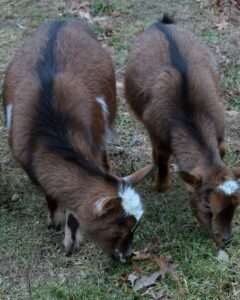
It is, however, generally accepted that goats need minerals. It also seems to be generally accepted that goats need more minerals than other livestock. To me this makes sense as goats are naturally browsers as opposed to grazers. Browsers tend to eat forbs, shrubs, and trees. All these plant types have deep root mineral collection systems. Grazers are grass eaters (for example, sheep or cows). Goats prefer browse over grasses, but will eat grasses when nothing else is available.
I do give my goats hay which is mainly grass, but they are also allowed to forage the woodlands. Since nothing had changed to my knowledge with the hay and the woodland, I dismissed this as not being the answer to the problem I was trying to solve.
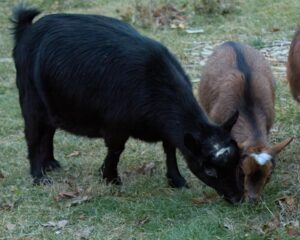
As for the feed, I switched to a 12% Sweet Feed that I had mixed at the local mill near my homestead. Prior to this transition, I was using a pelleted goat feed from a national company. I immediately saw an improvement in the goats and mainly in their behavior level. They seemed more alert and peppy. I knew I was on the right track. The sweet feed mix I was feeding did not have the amounts of copper I wanted, so I added a mineral supplement to the mix.
Deficiencies in copper can cause a goat’s coat to look dull and can cause a red tint to black furred animals. However, too much copper can be toxic. In addition, copper, which is a micro mineral, is impacted by other minerals and metals digested so it is tricky to adjust to the correct amount.
Too much silver or cadmium (both metals) can cause a copper deficiency. Additionally, too much sulfur (a macro mineral) can also cause a copper deficiency. Too much copper can cause Phosphorus (a macro mineral) to be deficient in the diet. However, there are three micro minerals that must be in balance with copper to be mutually effective. These micro minerals are molybdenum, zinc, and iron.
Interestingly, a zinc deficiency will also cause a goat coat to be lackluster. In fact, in most of my research, zinc is listed as the number two mineral deficiency after copper for coat issues in goats. Just like copper, zinc absorption is also impacted by other minerals. Too much zinc can cause a deficiency in sulfur (a macro mineral) and iron (a micro mineral). Too much calcium (a macro mineral) can cause a zinc deficiency. Zinc and copper (both micro minerals) and zinc and phosphorus (a macro mineral) mutually effect each other’s absorption. My mind went to zinc being the “missing link”.
I wanted a way to incorporate zinc into the goats’ diets without adding a lab based supplement to the feed. I looked at various foods and settled on sunflower seeds (with the shells). Sunflower seeds are an excellent, natural source of zinc, and adding them to my goats’ feed was a simple and effective solution. I mixed 20% sunflower seeds with 80% sweet feed (in volume), and over time, I began to see a dramatic improvement. The goats also continued to have free choice minerals.
Within months, the goats’ coats began to return to their former glory. The dullness faded, and the reddish tint disappeared. Their energy levels picked back up, and I could see that they were feeling better. It was a win! Adding sunflower seeds was the game-changer I needed, and I was relieved to see my goats thriving again.
(I should note that I don’t feed much grain (sweet feed) to my goats as too much grain can upset the gut of a goat. On average, a maintenance ration is about 3/4ths of a cup per day with pregnant and lactating does receiving more. My goats also receive free choice of good quality hay and browse the wooded forests in our Appalachian Mountain area. I don’t experience thin or malnourished goats among my herd even with such low amounts of grain. I attribute their condition also to the environment we live in. Our area has many wild deer (a relatively close genetic cousin to the goat) and I also see many of them as thriving in the environment on nothing more than forest browse. I would suspect that if I was located in a different area, some of the mineral needs and possibly grain quantity of the goats would change).
Zinc and Its Role in Goat Health
Zinc is one of those vital nutrients that often flies under the radar. For goats, it plays a crucial role in skin health, immune function, and even reproductive performance. When zinc is lacking, it can cause a variety of problems, like poor coat quality, slow growth, and weakened immune systems. In severe cases, it can even lead to more serious conditions like hair loss or scabby skin lesions.
For goats, a deficiency in zinc can manifest as dull, coarse coats, skin issues like scaling or redness, and a lack of luster. Fortunately, zinc is relatively easy to supplement in their diet. Sunflower seeds are just one of the many foods that are rich in zinc. Other sources include zinc supplements, mineral blocks, and certain types of forage. But adding sunflower seeds to the mix proved to be a great and cost-effective solution in my case.
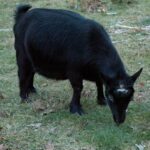
Conclusion: The Importance of Staying
Vigilant and Data-Driven
This experience reinforced the importance of staying vigilant when it comes to the health of your animals. If I hadn’t noticed the change in my goats’ coats and tracked their health closely, I might not have realized there was a problem. I also learned that taking a data-driven approach—coupled with years of experience—helps me solve problems effectively and keep my herd in top condition.
If you’re raising goats, remember to keep an eye on their health, and don’t be afraid to investigate changes, no matter how small. A little research, observation, and a willingness to adapt can go a long way in ensuring your goats stay happy and healthy. And, if you notice a change in their coat condition or behavior, consider evaluating their zinc intake—you might just find that’s the missing piece of the puzzle.
As I write this information in 2024, I do believe I made a good decision in the health of my goats. A few years later and I’m still seeing positive results. If you have any information regarding zinc in your goat herd’s diet and are willing to share, please reach out. I’m always interested in experiences that others have had, and I truly appreciate you taking the time.
Sources of Information:
Belanger, Jerry. Storey’s Guide to Raising Dairy Goats. Storey Publishing, 2001.
Caldwell, Gianaclis. Holistic Goat Care. Chelsea Green Publishing, 2017.
Coleby, Pat. Natural Goat Care. Acres U.S.A., Publishers, 2001.
Dettloff, Paul, D.V.M. Alternative Treatments for Ruminant Animals Revised, Expanded Edition. Acres U.S.A., 2009.
National Research Council of the National Academies. Nutrient Requirements of Small Ruminants. The National Academies Press, 2007.
Niemann, Deborah. Raising GOATS Naturally. New Society Publishers, 2013.
Thank you so much for your support!
We are full time homesteaders at Pioneer Mountain Homestead in the Appalachian Mountains of south-central Pennsylvania. We have a sawmill, produce garden, honeybees, layer hens, laying ducks, pigs, and goats. We provide boat and camper storage to nearby visitors of Raystown Lake and sell firewood and lumber in south central Pennsylvania. Our journey is to be as self-reliant as we can be; to live as much as we can from the resources we have at hand; to effectively be productive with as minimal environmental impact as possible; to raise food in an organic manner; and to give back to our community through education or demonstration. We are always learning, as well. Life is always an adventure! We enjoy learning from others and seeing what other people are doing as well. – Bren and Chuck
Pioneer Mountain Homestead
16477 Sharman Lane
James Creek, PA 16657
814-505-6426
"Embracing Everything Farm and Forest"
Disclosure of Material Connection: Some of the links in this page or post may be “affiliate links”. This means that if you click on the link, Pioneer Mountain Homestead, LLC may receive an affiliate commission at no direct cost to you. Pioneer Mountain Homestead, LLC only recommends products or services that the owners, managers, or employees of Pioneer Mountain Homestead, LLC use or believe will add value to the readers of this website. This disclosure is made with the Federal Trade Commission’s 16 CFR, Part 255: “Guides Concerning the Use of Endorsements and Testimonials in Advertising.”

